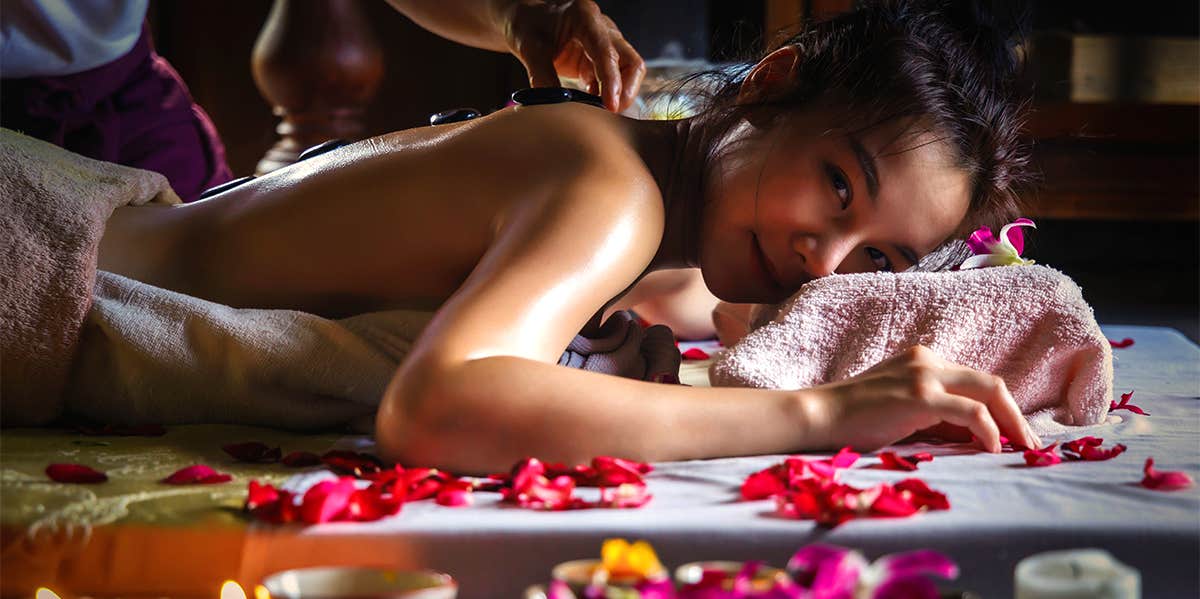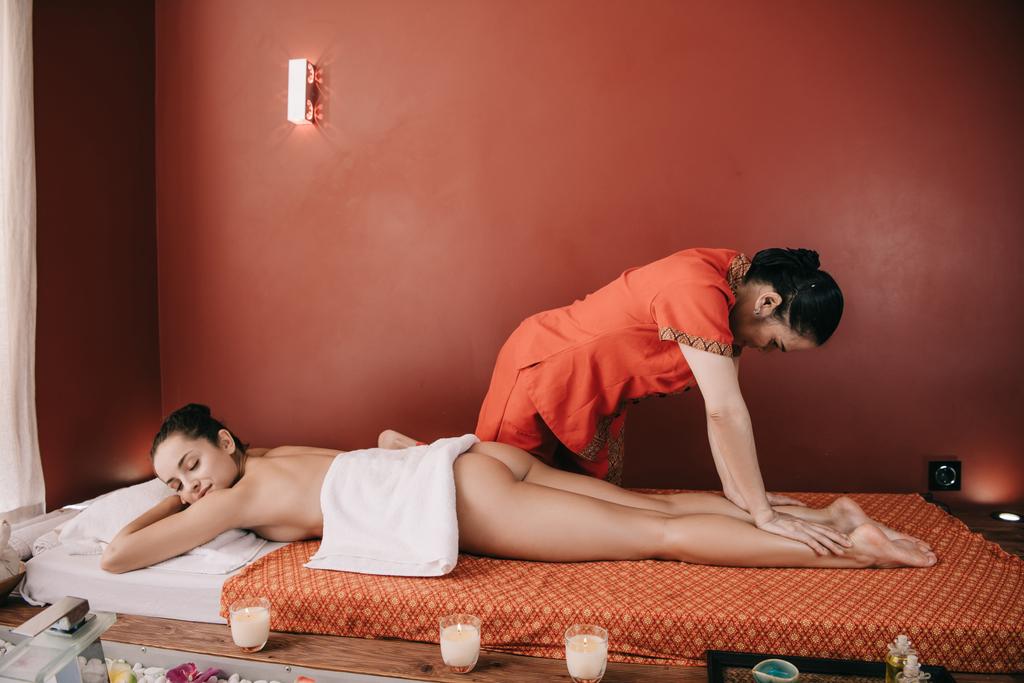Top Info For Choosing A Business Trip Massage
Wiki Article
What Are The Benefits Of Massages To Busy Professionals?
Massage therapy can provide numerous advantages to professionals working full-time who are frequently stressed and might experience physical discomfort related to their job. Here are some advantages that could be derived from massage therapy for busy professionals. This can lead to increased productivity, improved decision-making and improved overall job performance.
Pain relief- Sitting for long hours at a computer, working for long periods and carrying heavy bags or equipment can all contribute to discomfort and pain. Massage can reduce inflammation and pain by relieving muscle tension.
Improved circulation - Massage improves circulation which helps to reduce swelling, and also increase the flow of oxygen and nutrients to the muscles. Massage also improves overall health and wellbeing.
Increased immune system- High levels of stress may degrade your immune system making your more susceptible to illness and infection. Massage can boost the immune system via the increase of white blood cells. This can help fight off disease and infections.
Better sleep qualityMany professionals are struggling with getting adequate sleep because of the pressures of job. Massage is a great way to reduce stress and improve sleep, which can lead to a higher level of energy and better overall well-being.
Massage therapy is an excellent way to relieve stress and pain for professionals. It can also help improve their health and overall well-being. Before undergoing any type of massage therapy, it is recommended to consult with a physician in particular in the event that your medical condition or concern is pre-existing. Take a look at the top rated 출장홈타이 for site tips.
How Can Circulation Be Improved After A Massage For A Business Trip?
Massages for business trips are a great way to increase circulation. Here are some ways massage can help improve circulation.
Vasodilation- Massage can trigger the dilation of blood vessels, which improves circulation and lower blood pressure.
Massages can stimulate the lymphatic drainage which increases circulation and decreases swelling.
Relaxation- A massage can help relax muscles and improve circulation through a reduction of tension.
The exact techniques used in a business-trip massage will depend on the individual needs of your client and preferences. People with poor circulation may get the benefit of Swedish massages, or lymphatic drainage, whereas people who have high blood pressure may prefer a softer massage to stimulate relaxation. The massage is customized to fit the individual's preferences.

What Is Swedish Massage And Deep Tissue Massage? Trigger Point Therapy, And Myofascial Release In A Business Trip Massage?
Swedish massages as well as trigger point therapies, myofascial releasing, and deep tissue massages are just a few of the different styles and techniques that you can use on a business trip. There are many ways they can vary depending on the type of massage you want to use. Pressure- Swedish Massage uses lighter pressure, whereas deep tissue massage, trigger point, and myofascial massage use varying levels of deep pressure.
FocusThe Focus Swedish massage is a broad body massage that is focused on improving circulation and relaxation, while deep tissue massage, trigger point therapy, and myofascial release focus on specific areas of tension and discomfort.
Technique- Each technique uses various strokes and techniques to create the desired effect. Swedish massage, for example, uses lengthy strokes, kneading and other techniques to ease muscles. Deep tissue massage on the other hand, employs slow, focused moves to focus on deeper layers.
Objectives: Swedish massage is used principally for relaxation and stress reduction as well as deep tissue, trigger point myofascial and trigger point therapy are used often to relieve tension, reduce pain and increase mobility.
Based on the preferences of the client and requirements, the massage therapist will employ one or more of these methods. The massage therapist will adjust the pressure or technique depending on the comfort level of the client as well as their feedback. The purpose of a massage for an upcoming business trip is to ensure that the client feels refreshed and relaxed. They also want them to feel rejuvenated and relaxed. So the massage therapist is going to tailor the massage to the specific needs of each customer and ensure that they feel comfortable throughout the session.

What Are The Most Popular Kinds And The Reasons Behind Business Trip Massages?
Popular types of massages among busy professionals include: Swedish Massage: Swedish massages are a favorite for both personal and professional use. It is characterized by circular movements and long, smooth strokes that target the uppermost layer of muscles. Swedish massage is known for its capacity to encourage relaxation, reduce anxiety and stress, and improve circulation.
Deep tissue Massage- Deep tissue is a massage that makes use of firm pressure, slow strokes and penetrates deeper into the muscles and fascia. It is a great way to decrease inflammation, improve posture and treat chronic muscle problems.
Chair massage- Chair massage is a less invasive, more accessible massage that can be performed when the person is covered in a massage chair that is specially designed. Chair massage focuses on the arms, neck and shoulders, as well as the back. It helps reduce tension and enhance the range of motion.
Sports Massage- A sports massage is an specialized massage for active and competitive people. It is a great way to increase flexibility, alleviate muscle pain, and prevent injuries.
Thai massage- Thai Massage is a combination of deep stretching techniques as well as massage techniques. They can increase mobility, balance and energy flow in the body. The client is completely covered in cloths and the massage is generally done on a mat.
The most sought-after massages for business tend to reduce stress and tension and increase circulation. They also promote relaxation. Massages can also be chosen according to the individual's needs, needs and preferences.

